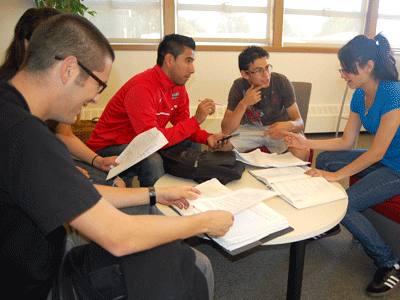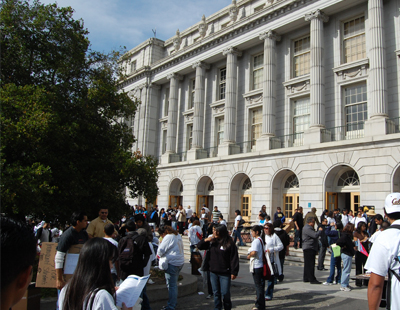
In October, Governor Brown signed AB 131, the second bill of the two-part California Dream Act, allowing undocumented immigrant students to apply for state-funded financial aid for college. Under current law, undocumented students pay resident tuition rates if they have graduated from a California high school and affirmed that they are in the process of applying to legalize their immigration status. Starting January 1, 2013, those students will be eligible to apply for state-funded Cal Grants and other public aid.


